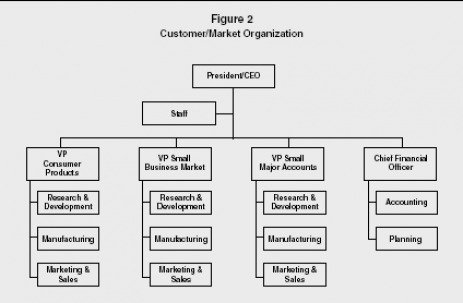Organizational communication is the transferring of messages through formal and informal channels within a large, goal-orientated group that results in the construction of meanings that influences individual members and the group as a whole. A formal group has norms, rules, roles, ranks, and controls deliberately planned before people are brought in to carry out the required activities and achieve a predetermined goal; thus, it is formal in the sense that the organization of the group is recorded in documents. On the contrary, an informal group is one where people are hired and the rules and norms of the group are determined once the participants start to work. This results because people have their own unique way of doing things and contribute it to the group; thus, each person's behavior shapes the pattern, function, and organization of the group. Despite this, formal communication is the channel used most often in instructing the flow of messages in these large organizations. The transfer of messages in this manner is unique in the sense that it occurs vertically; organizations have a hierarchical structure and therefore messages are sent up and down rather than straight across because of the various levels of power and authority. As a result, messages are sent through others in order to reach the designated individual or group (Defleur, 2005).
The Basics of Human Communication

